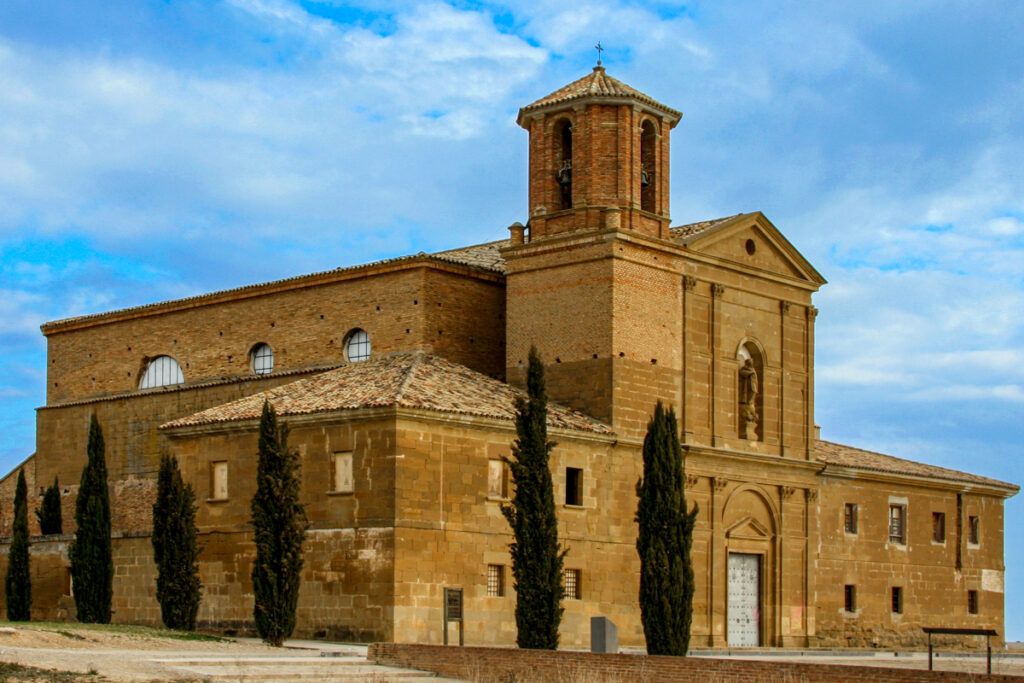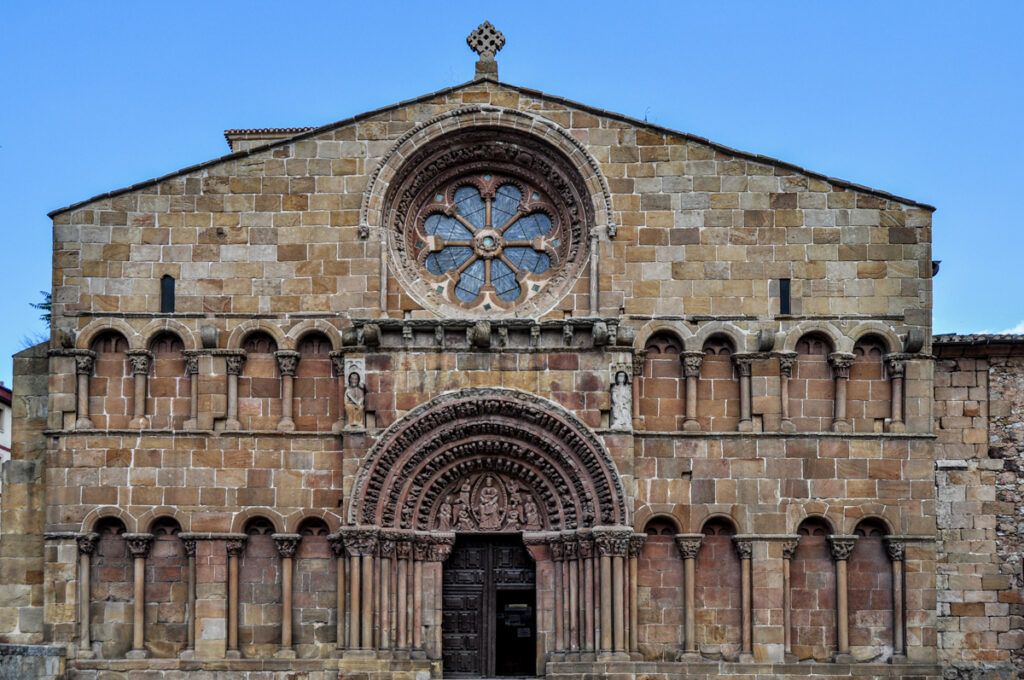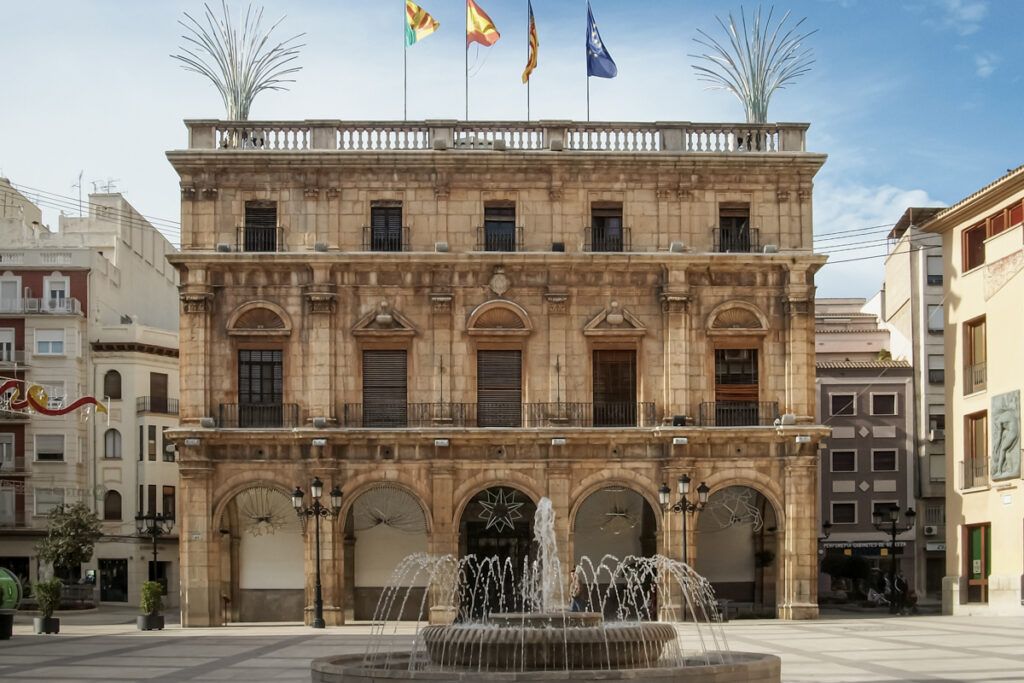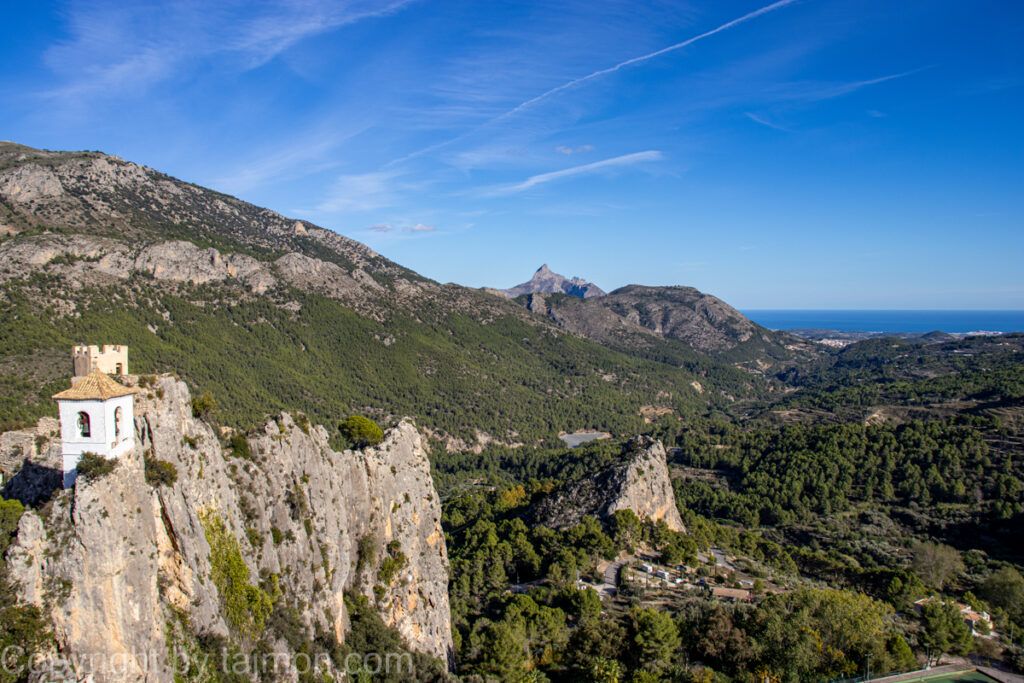Plaza de Toros
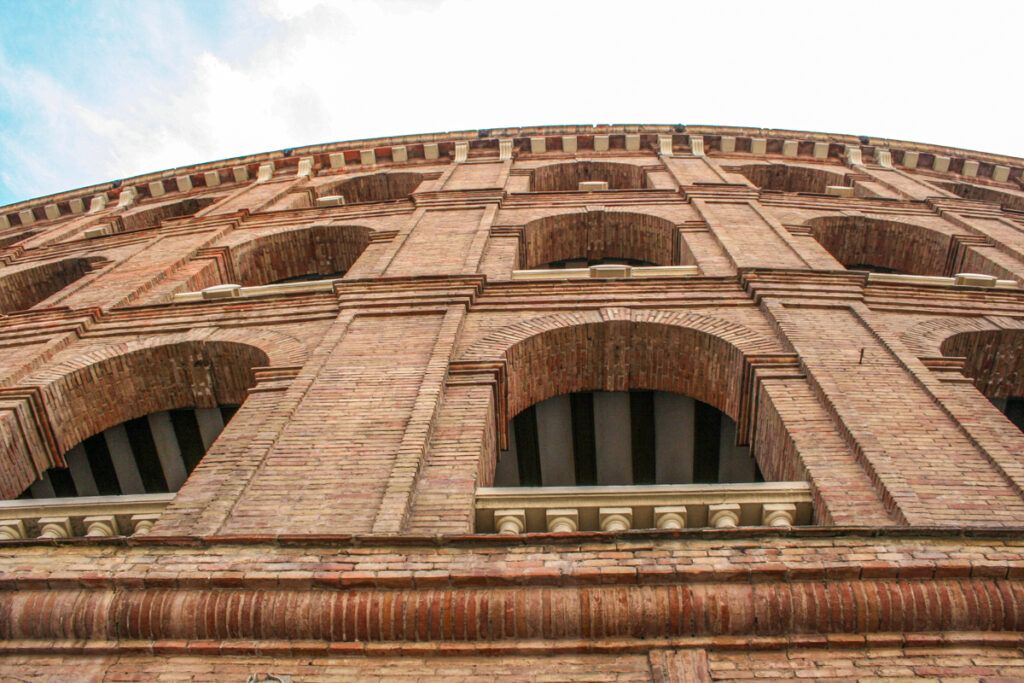
Plaza de Toros in Valencia is a bullfighting arena that was built between 1850 and 1859. It was designed in a neoclassical style inspired by Roman civil architecture, such as the Colosseum in Rome. The building is the work of Valencian architect Sebastián Monleón Estellés.
The arena is located in the city center, on Calle de Xàtiva, next to the Estación del Norte railway station and close to Plaza del Ayuntamiento (City Hall). It is one of the largest bullfighting arenas in Spain, with a diameter of 47.5 meters and an external diameter of 108 meters. It can accommodate 12,884 spectators. The building consists of four wrought iron galleries with visible bricks, with arches at the bottom and semicircular arches in the three upper galleries, crowned with a stone balustrade, in a classical arrangement. In 1983, it was declared a National Monument and a Cultural Heritage.
The address of Plaza de Toros is: Carrer de Xàtiva, 28, 46004 València, Spain. It is open from Tuesday to Sunday.
Instituto Valenciano de Arte Moderno
Instituto Valenciano de Arte Moderno, also known as Puerta de Serranos, is one of the two medieval fortress gates of Valencia that still stand. They were built between 1392 and 1398 by master Pere Balaguer. They are two polygonal towers connected by a central body, where the proper gate opens, crowned with a semicircular arch.
Torres de Serranos were used both for defensive purposes and as a triumphal arch. In 1865, the walls were demolished, and the towers remained free-standing. From 1586 to 1887, they were used as a prison for the nobility.
The tower is an excellent example of Gothic architecture. From the tower’s terraces, there is a magnificent view of the city and the Turia River.
The address of Torres de Serranos is: Plaça dels Furs, s/n, 46003 València, Spain.
Plaza de la Virgen
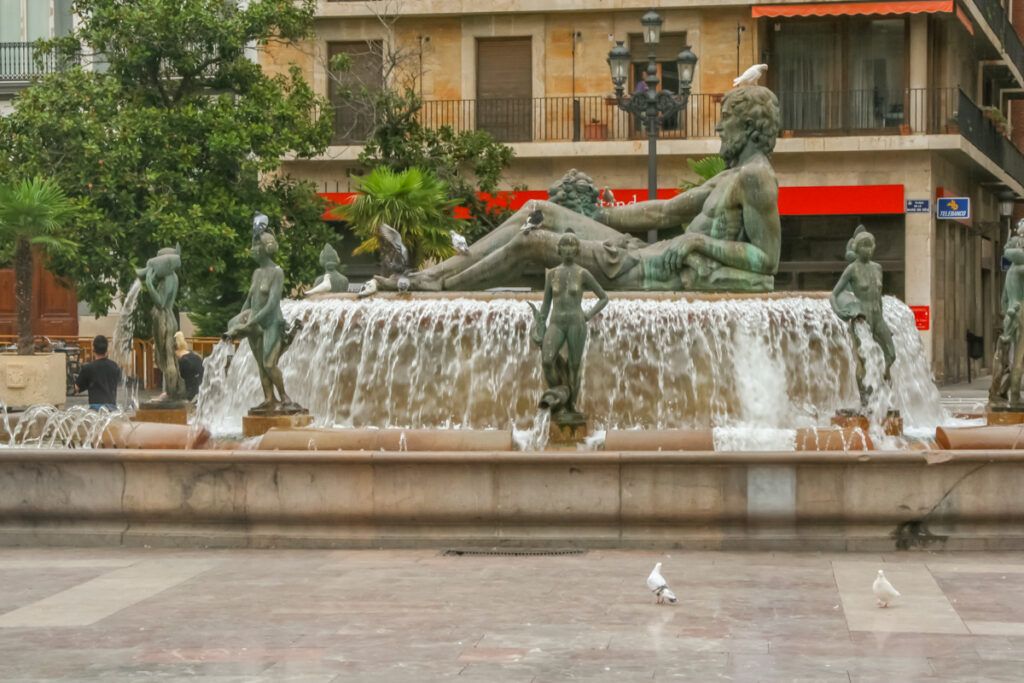
Plaza de la Virgen, also known as Plaça de la Mare de Déu, is a centrally located place in Valencia that is the heir of the ancient Roman forum Valentia. Three of the most characteristic buildings in the city are located around the square: the Santa María Cathedral, the Virgen de los Desamparados Basilica, and the Generalitat Palace.
Plaza de la Virgen has an irregular shape but tends to be a quadrilateral. It is entirely pedestrianized and is surrounded by several notable landmarks. To the east is the Virgen de los Desamparados Basilica; to the west are the gardens of the Generalitat Palace and a private residential building; to the north are also private residential buildings; and to the south are the Cathedral and the so-called Casa Vestuario, which serves as a meeting place for members of the Tribunal de las Aguas before and after their sessions at the Apostles’ Door of the Cathedral.
Plaza de la Virgen is a well-known meeting place for the residents of Valencia and tourists, full of bars and restaurants where you can try local specialties. The square is known for its architectural and cultural beauty, as well as for the numerous events that take place there throughout the year, such as the Ofrenda de Flores during the Fallas de Valencia, one of the city’s most popular festivals.

